
If you thought curry powder was merely a flavor enhancer for chicken korma, reconsider! This golden blend offers scientifically supported health advantages alongside culinary versatility. This guide delivers actionable insights for home cooks and wellness enthusiasts seeking to maximize flavor and well-being without compromising dietary goals. We'll explore 7 evidence-based benefits of curry powder, provide kitchen-tested usage techniques, and clarify misconceptions using nutritional science principles.
- What Curry Powder Really Is
- 7 Verified Health & Culinary Benefits
- Optimal Usage: Maximizing Flavor and Bioavailability
- Myth vs. Reality: Scientific Perspective
- Frequently Asked Questions
What Curry Powder Really Is
Curry powder represents a synergistic spice fusion, typically combining turmeric, cumin, coriander, fenugreek, ginger, and chili pepper. Regional variations exist, but the consistent element is its capacity to transform dishes through layered flavor chemistry rather than mere heat. Unlike single spices, this blend creates emergent properties where components interact to enhance both taste and nutritional absorption.
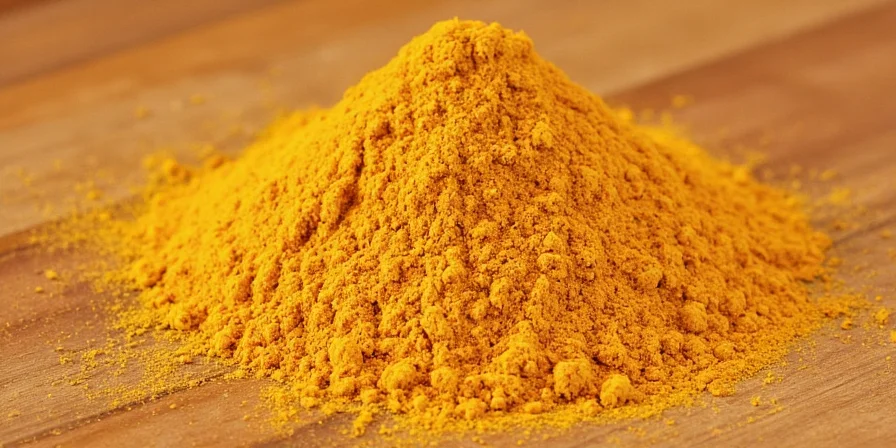
7 Verified Health & Culinary Benefits
Curry powder's value extends beyond flavor through measurable biochemical interactions. Key benefits include:
- Targeted Anti-Inflammatory Action
Curcumin in turmeric demonstrates clinically observed anti-inflammatory effects. Critical nuance: Bioavailability increases 2000% when combined with piperine (black pepper) and healthy fats during cooking. - Liver Function Support
Cumin and turmeric compounds activate hepatic detoxification enzymes, aiding natural metabolic clearance without unsubstantiated "detox" claims. - Digestive Optimization
Gingerols stimulate digestive enzyme production, reducing bloating. Optimal effect occurs when added early in cooking to activate compounds. - Cellular Protection System
Multiple antioxidants (curcuminoids, capsaicinoids) create a protective network against oxidative stress, surpassing single-ingredient effects. - Mood Regulation Potential
Endorphin release from capsaicin provides immediate mood lift. Long-term neural benefits require consistent moderate consumption. - Metabolic Efficiency
Thermogenic compounds temporarily increase calorie expenditure. Effectiveness depends on dietary context and individual metabolism. - Flavor Amplification Without Caloric Cost
Complex flavor compounds allow significant taste enhancement using minimal quantities, reducing need for high-calorie fats.
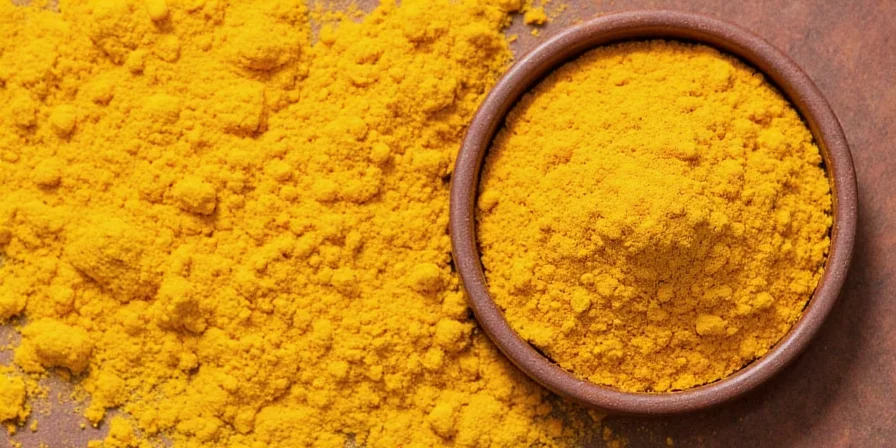
Optimal Usage: Maximizing Flavor and Bioavailability
Transform ordinary cooking through science-backed techniques:
- Strategic Blooming Protocol: Heat curry powder in oil for 60-90 seconds before adding liquids. This releases fat-soluble compounds (like curcumin) and creates new flavor molecules through Maillard reactions.
- Nutrient Synergy Pairing: Combine with black pepper and healthy fats (coconut oil, avocado) to increase curcumin absorption. Add near recipe end for volatile compounds like ginger.
- Cross-Cultural Application Matrix: Use mild blends in Japanese curry roux, medium-heat versions in Caribbean stews, and robust mixes in lentil dishes. Each cuisine leverages different compound ratios.
- Heat Calibration System: Neutralize excessive capsaicin with acidic components (tomatoes, citrus) rather than dairy for cleaner flavor profiles.
- Potency Preservation Method: Store in opaque glass containers below 20°C. Discard after 4 months when volatile oils degrade below functional thresholds.

Myth vs. Reality: Scientific Perspective
| Myth | Scientific Reality |
|---|---|
| Curry powder inherently creates spicy dishes | Heat level depends on chili content. Many traditional blends (e.g., Madras) are mild and earthy. |
| All curry powders are nutritionally equivalent | Compound ratios vary significantly. Turmeric-dominant blends offer different benefits than cumin-focused versions. |
| Requires large quantities for health effects | Consistent daily use of 1-2 grams provides measurable benefits through cumulative effects. |
| Only suitable for specific cuisines | Functional compounds enhance diverse dishes from roasted vegetables to fruit chutneys through flavor chemistry principles. |
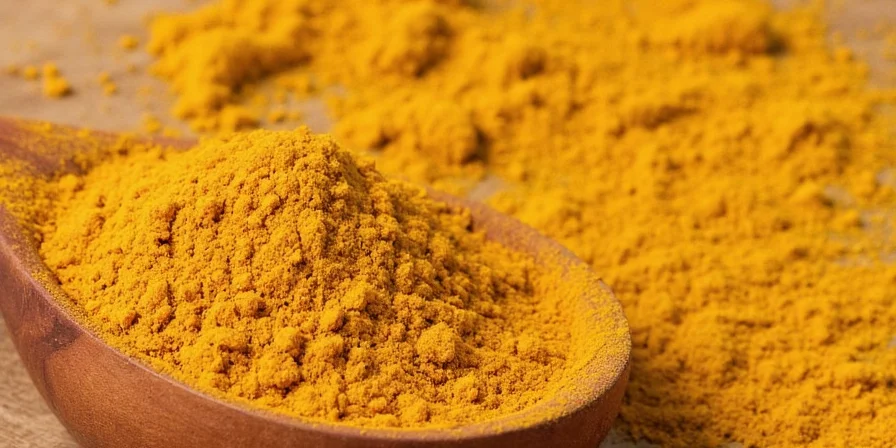
Frequently Asked Questions
- How much curry powder should I consume daily for benefits?
- Research indicates 1-2 grams daily provides measurable effects. Start with 1/2 teaspoon in meals and adjust based on tolerance.
- Can I replace store-bought curry powder with individual spices?
- Yes, but blends create unique compound interactions. For equivalent benefits, use 3 parts turmeric, 2 parts cumin, 1 part coriander, plus 1/4 part each ginger and fenugreek.
- Does cooking destroy curry powder's health properties?
- Heat degrades some compounds but creates new beneficial molecules. Bloom in oil first to preserve fat-soluble components while generating flavor compounds.
- Are there any safety considerations with regular consumption?
- Those with gallbladder issues should consult physicians. High doses may interact with blood thinners. Moderate culinary use presents minimal risk for most individuals.
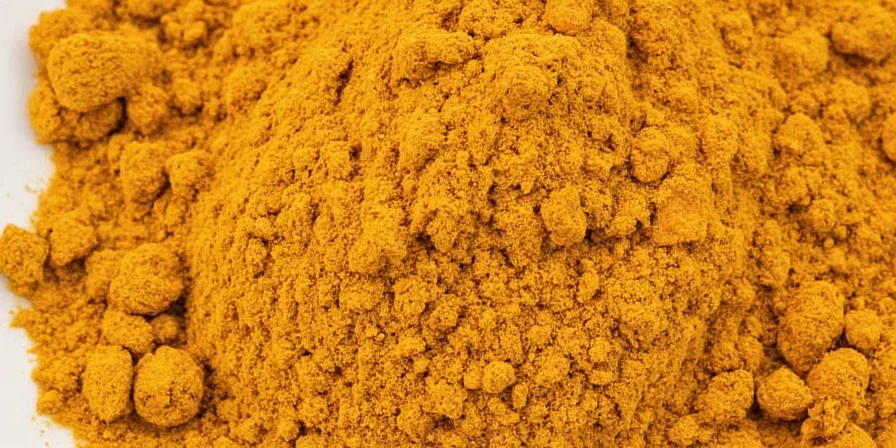

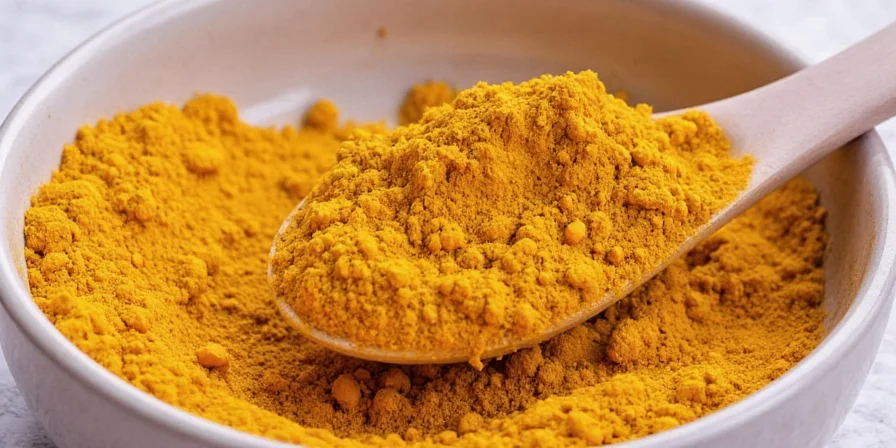









 浙公网安备
33010002000092号
浙公网安备
33010002000092号 浙B2-20120091-4
浙B2-20120091-4